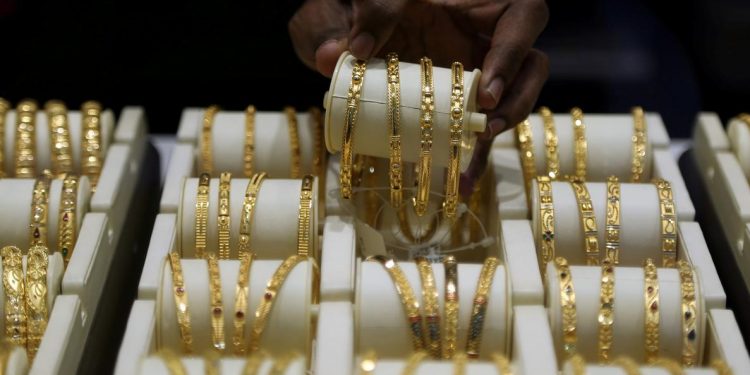The Centre has further relaxed the lockdown norms since June 1 with state governments having been given power to decide at the local level whether to go for easing based on the exigencies on the ground with regard to the spread and status of Covid-19. However, the state government has decided against allowing any relaxation in lockdown till June 30. On the contrary, the state government has made it more stringent. Now we understand that there will be a staggered exit from the lockdown. Even as there is a spike in the number of corona positive cases in the country and there is an upside in infections going forward, the Centre’s decision to gradually open up economic activities looks too challenging. It may not have been an easy decision for the government. But the decision has been driven by economic compulsions. This is desirable. A near total freeze in industrial activities, consequent lay-offs by companies, across the board salary cut, staff downsizing and fewer duty hours have taken a heavy toll on people. The purchasing power has been severely hit. Public demand for consumption has crashed, and going forward, things are expected to worsen. With fears for a prolonged spell of economic uncertainty, everyone seems to be holding on to their plans to open the purse strings.
Among the businesses that have borne the brunt of the pandemic is gold and jewellery sector. In India, there was already a slump in the demand for the yellow metal before the country went into a lockdown mode. Dealers and retailers had stocked up on stocks anticipating a brisk business for the key buying festival of Akshyaya Tritiya. However, the lockdown put paid to their plan. There was massive inventory build-up. Although big retailers reported good interest in their online platforms, logistical difficulties created by the lockdown made it impossible to fulfil the orders they generated. Shops in the state were shut from last week of March to May 14. After this there was a partial opening of shops. However, the last straw came in the form of a price surge. Gold prices which ruled at around Rs 41,000 p/10 grams before lockdown has shot to Rs 48,000 p/10 grams. World Gold Council forecasts, the rate will surpass Rs 52,000 in a short to medium term.
Though the demand for physical gold is near zero now amid the coronavirus-induced lockdown and the demand slump, the price of the yellow metal has gone up. A paradoxical situation indeed. India is a major importer of gold, second only to China. Gold has always been a safe haven for people from the investment point of view. With the economy in tatters and equity markets declining, the demand for gold in the electronic format has gone up contributing to the price surge. The rupee exchange rate has also played its part in jacking up the gold price. In India, the rupee has fallen sharply. This week, the Indian rupee has hovered over 75 against the US dollar. Retailers have come out with various offers to boost sales. Local retailers are offering discounts in making charges. Some retailers in Berhampur have reportedly introduced zero making charges to cushion the impact of high gold price. Lottery and gifts have also spiced up the offer bouquet. However, the demand is still lukewarm. Footfalls in jewellery shops are not exceeding 25 per cent of the normal. Although gold is sold round the year, major sales take place in summer and winter seasons. Good rains and a rise in support price may support gold price as demand is likely to come from rural areas. However, a sharp fall in the purchasing power in urban India and the prohibitive gold rates will keep demand for the yellow metal subdued.






































